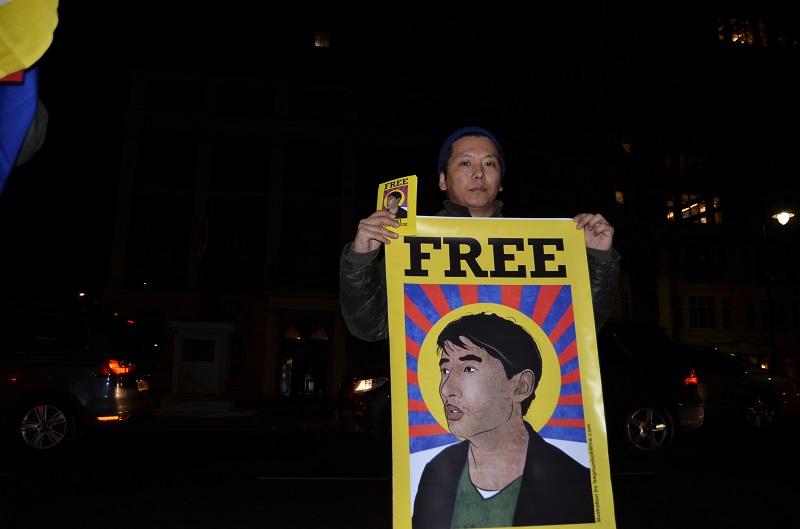The Loatian Irrawaddy Dolphin, the Hawaiian Crow and the Taiwanese language of Pazeh all share something in common: they are now extinct.
Just a week since UNESCO’s Global Mother Language Day, the spotlight has fallen upon struggling languages which – like their counterparts in the animal world – are collapsing. UNESCO experts now estimate that approximately one language disappears forever, every ten days. Our beautiful, diverse and colourful world faces an unprecedented ‘die-off.’
As with the tragic destruction of precious eco-systems, local languages and the many dialects which orbit around them often only exist in niche environments: little island chains, heavily-forested hinterlands, isolated mountain communities.
Tibet is known as the ‘Roof of the World’ and it is estimated that up to two dozen distinct languages dwell within its myriad mountain-tops and valley-basins. A new map (shared recently by Tibetan language academic Joseph Roche in time for the UNESCO event) lists a staggering 48 Tibetan languages and dialects within a comparatively thin ‘slice’ of Eastern Tibet alone.

Like languages the world over, Tibetan tongues face the challenges of increased urbanisation, the spread and influence of mono-cultural mass media and fewer native speakers to pass on the skills. However powerful these challenges may seem, the Tibetan language faces an even more deadly foe: Chinese government policy.
Under China’s near 70-year brutal military occupation of Tibet, Mandarin Chinese has become the official language of education, business and government, ensuring that local Tibetans without command of Mandarin face all kinds of discrimination.
In the last few months, the UN has faced pressure to acknowledge the need for indigenous people to be both understood, and to understand, the many language-bound aspects of all official life. Without knowledge of key legal codes, for example, those who do not follow the dominant tongue face all manner of inequalities.

Detained Tibetan language advocate Tashi Wangchuk knows all about the costs of championing his mother tongue – even when he jumped through myriad legal procedures to do so. Tashi is now facing trial and could be imprisoned for up to 15 years after featuring in a New York Times article which highlighted his attempt to ensure Tibetan children have access to indigenous language education.
Seized by the authorities just over one year ago, his efforts began after local officials closed down Tibetan classes, leaving his close family without access to language learning: “My nieces want to become fluent in Tibetan but don’t know where to go… Our words will be lost to them.”
Tashi Wangchuk joins a long list of Tibetans harassed, detained, imprisoned and tortured for their language advocacy. Tibetan monk and human rights activist Golog Jigme Gyatso is now exiled, having previously been jailed three times and tortured, in part for fighting for the preservation of the Tibetan language.
In December 2013, Tibetan monk Khenpo Kartse was sentenced to two and half years in prison following a closed trial. He was well known for his promotion of the Tibetan language. In March 2012, 20-year- old Tsering Kyi burned herself alive in protest after her school shifted from teaching in Tibetan to teaching in Mandarin Chinese.

Fragile, delicate and offering a unique cultural perspective, every language is arguably as valuable as our architectural heritage and even the natural world itself. “The language is the culture,” an elderly Tibetan protester once explained during a vigil outside the Chinese embassy in central London, “if you kill the language then the culture follows.”
